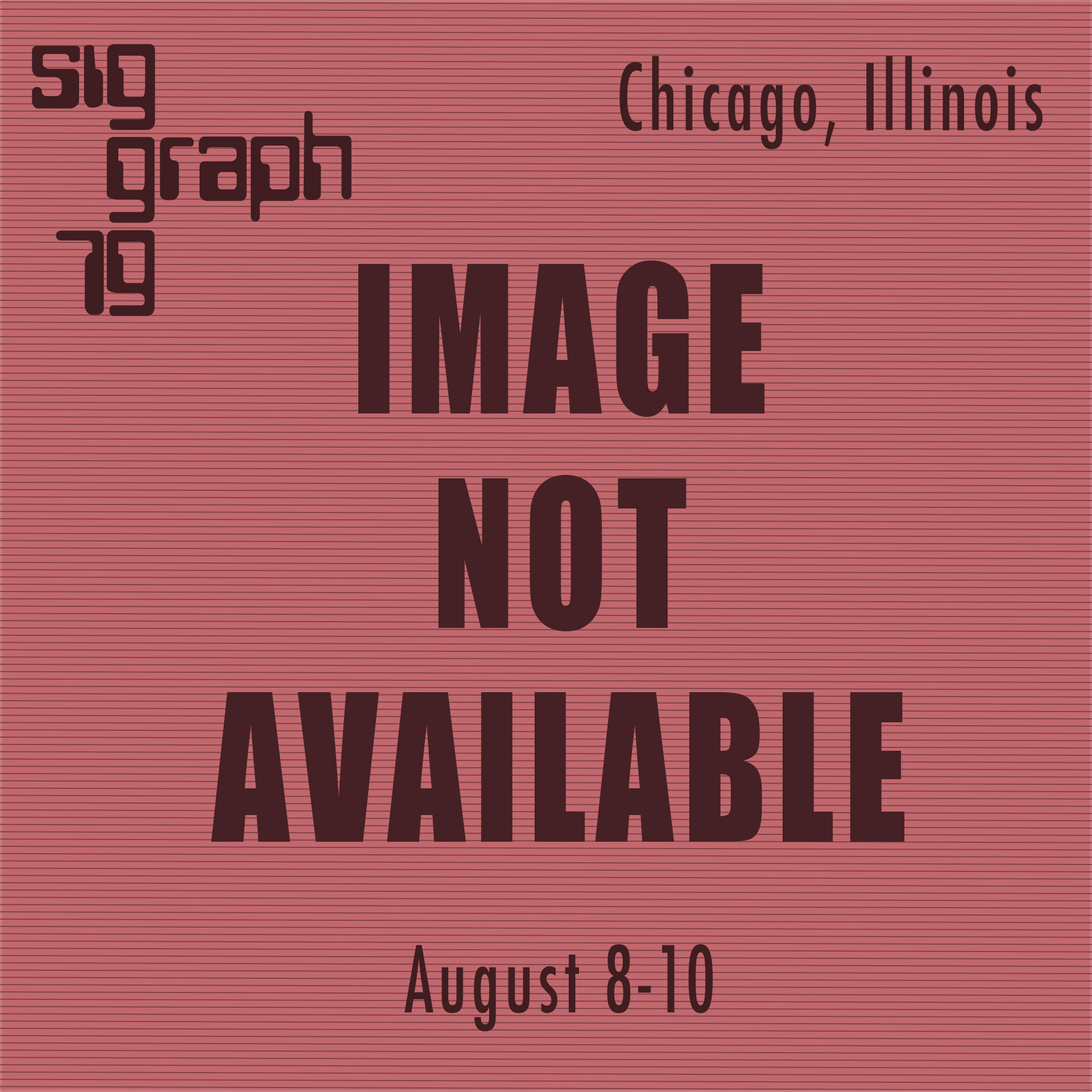“The semantics of graphical input” by Anson
Conference:
Type(s):
Title:
- The semantics of graphical input
Presenter(s)/Author(s):
Abstract:
Any graphical input device may be represented by a data structure, modified from time to time by actions in response to certain events, and the ability to cause certain events as part of its repertoire of actions. Portions of a device’s state may be made visible to other devices in a controlled way, and the remainder hidden. Conversely, a device may make use of the visible portions of another device’s state. Typically, the pattern of device interaction forms a hierarchy, but no device is part of any other. This provides for the interchangeability of a single device with a group of devices, and allows a single device to support the function of several others. Device independence is thus enhanced without the usual sacrifice of human factors considerations. A group of devices defined in this manner can simulate any group of devices defined in the usual manner. Conversely, useful groups of devices may be defined, which cannot conveniently be simulated by the usual input semantics. The proposed semantic is thus more complete, and provides the additional benefit of a uniform language for describing both physical and virtual devices.
References:
1. Anson, E. Some aspects of the design of interactive data structures. Computer Graphics Group technical report, Nijmegen University, Nijmegen, The Netherlands, June 1976.]]
2. Anson, E. GPGS-370 device driver specifications. Computer Graphics Group technical report, Nijmegen University, Nijmegen, The Netherlands, July 1976.]]
3. Anson, E. GPGS-370 Tektronix driver installation. Computer Graphics Group technical report, Nijmegen University, Nijmegen, The Netherlands, July 1976.]]
4. Britton, E.G., Lipscomb, J.S., and Pique, M.E. Making nested rotations convenient for the user. Proc. SIGGRAPH ’78 (Computer Graphics) 12,3 (Aug. 1978), 222-227.]]
5. Caruthers, L.C., and Van Dam, A. General Purpose Graphic System: User’s Tutorial. Computer Graphics Group technical report, University of Nijmegen, Nijmegen, The Netherlands, 1975.]]
6. DeFanti, T.A. Toward loopless interactive graphics programming. Proc. Conference on Computer Graphics, Pattern Recognition, and Data Structures, IEEE Catalog No. 75CHO981-1C, May 1975, pp. 352-355.]]
7. Dijkstra, E.W. A Discipline of Programming. Prentice-Hall, Englewood Cliffs, New Jersey, 1976.]]
8. Foley, J.D., and Wallace, V.L. The art of natural man-machine conversation. Proc. IEEE 62, 4 (April 1974), 462-471.]]
9. Geyer, K.E., and Wilson, K.R. Computing with feeling. Proc. Conference on Computer Graphics, Pattern Recognition, and Data Structures, IEEE Catalog No. 75CH0981-1C, May 1975, pp. 343-349.]]
10. Hoare, C.A.R. Notes on data structuring. In Structured Programming, Dahl, O.-J., Dijkstra, E.W., and Hoare, C.A.R., Eds., Academic Press, New York, 1972, pp. 83-174.]]
11. Hoare, C.A.R. Communicating sequential processes. Comm. ACM 21,8 (Aug. 1978), 666-677.]]
12. Liskov, B.H., and Zilles, S.N. Specification techniques for data abstractions. IEEE Transactions on Software Engineering 1, 1 (March 1975), 7-19.]]
13. Liskov, B., Snyder, A., Atkinson, R., and Schaffert, C. Abstraction mechanisms in CLU. Comm. ACM 20, 8 (Aug. 1977), 564-576.]]
14. Parnas, D.L. On the criteria to be used in decomposing systems into modules. Comm. ACM 15, 12 (Dec. 1972), 1053-1058.]]
15. Parnas, D.L., and Siewiorek, D.P. Use of the concept of transparency in the design of hierarchically structured systems. Comm. ACM 18, 7 (July 1975), 401-408.]]
16. SIGGRAPH-ACM GSPC. Status report of the Graphic Standards Planning Committee of ACM/SIGGRAPH. Computer Graphics 11, 3 (Fall 1977).]]
17. Van den Bos, J. Definition and use of higher-level graphics input tools. Proc.SIGGRAPH ’78 (Computer Graphics) 12, 3 (Aug. 1978), 38-42.]]
18. Wallace, V.L. The semantics of graphic input devices. Proc. ACM Symposium on Graphic Languages (Computer Graphics) 10, 1 (Spring 1976), 61-65.]]





